Eco-friendly luxury travel: Is sustainable luxury travel possible in 2025?
- Aranka van de Sanden

- Apr 16
- 6 min read
Updated: Jun 25

Let’s be real — “luxury” and “sustainability” aren’t exactly the words you expect to see holding hands on a travel brochure. For the longest time, I thought luxury meant private jets, 10-course tasting menus flown in from other continents, and villas that light up like a small city. Not exactly eco vibes.
But here's the plot twist: luxury is evolving. And after falling headfirst into the rabbit hole of sustainable luxury travel research (yes, I nerded out again), I realized you can travel in style without leaving a trail of carbon behind you.
So, whether you’re planning a high-end honeymoon, dreaming of a safari with solar panels, or just wondering if a luxury trip can be a little greener — this post is for you. I’ve gathered all the good stuff, asked the awkward questions, and pulled together the most exciting trends in eco-luxury travel for 2025.

What is sustainable luxury travel?
Sustainable luxury travel is high-end travel that minimizes environmental impact and maximizes positive social and cultural contributions.
In other words, it’s not about roughing it in a yurt unless you want to. It’s about making thoughtful choices — staying in eco-certified hotels, reducing your carbon footprint, supporting local communities, and still enjoying the plush robe and the ocean-view bathtub.
Luxury used to mean excess. But the new wave? It’s conscious luxury tourism. Think green luxury travel that balances indulgence with intention. It might cost a little more upfront, but the payoff is richer in every way — from organic bath products to the feeling of actually doing some good while sipping that biodynamic wine.

Eco-conscious luxury accommodations
Let’s talk hotels — because that’s where the magic (and often, the waste) happens. The good news? Many sustainable hotel brands are seriously upping their game.
In 2025, you don’t have to choose between eco and elegant. Some of the most stunning properties out there are also deeply committed to sustainability. I’m talking luxury eco resorts with solar-powered villas, eco-lodges made of local materials, and off-grid luxury setups where your only neighbor is a palm tree. And don’t forget glamping!
You’ll also find:
Plastic-free travel policies (bye, tiny shampoo bottles)
Organic travel amenities made with local botanicals
Green building travel design — think rainwater collection, natural ventilation, and zero-emission operations.
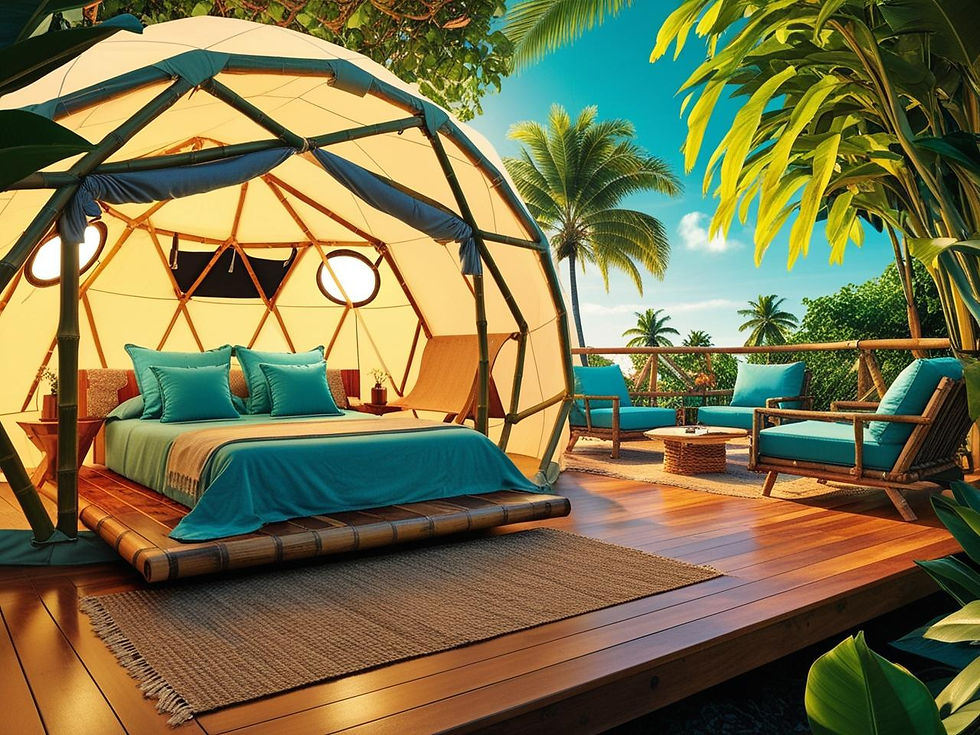

Some standout names in ethical accommodations include Six Senses, Soneva, and 1 Hotels. But smaller eco retreats are just as magical — and often, even more personal.
Greener ways to get there: Sustainable transport options
This one’s tricky, because let’s face it — flying first class is not exactly low impact. But there are ways to make your journey greener, even if teleportation isn’t an option yet.
One solution? Luxury carbon offset programs. Many airlines now let you offset emissions by supporting reforestation or renewable energy projects. Some luxury travel companies build this into the trip cost — and if not, there are third-party sites that make it easy.
Beyond planes, there’s been a big rise in:
Luxury rail journeys — slower, scenic, and infinitely more romantic than air travel
Green transportation in eco-forward destinations
Hybrid yachts and even green private jets for those going full James Bond with a conscience
If you’re planning island hopping, look into sustainable island resorts that offer electric boat transfers or partner with local low-impact travel services. Getting there can be part of the experience — and part of the solution.
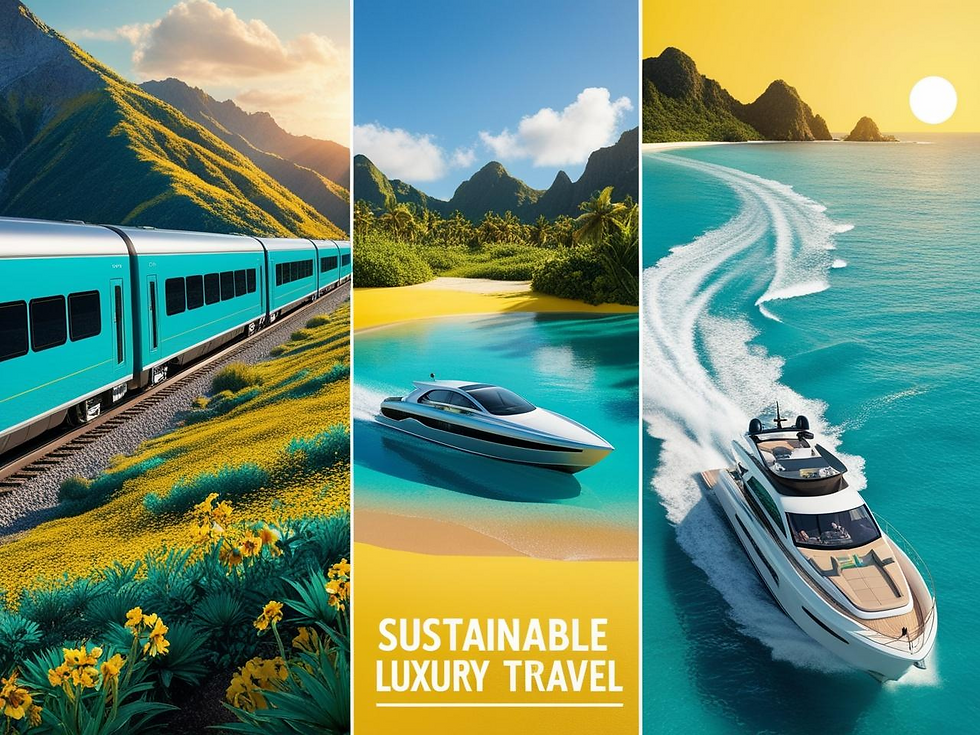
Farm-to-fork fine dining on the road
Luxury dining is no longer about white tablecloths and imported truffles. In 2025, the real flex is eating what was grown, caught, or made just around the corner — aka sustainable gastronomy.
Farm to table travel is booming, and I’m here for it. Whether it’s fresh seafood on the beach in Tulum, olive oil pressed just uphill in Tuscany, or wine fermented in the vineyard you just walked through — food just tastes better when it’s local and seasonal.
Many luxury eco tours now include visits to organic farms, cooking classes with local chefs, or private meals in family-run restaurants. It’s not just a meal; it’s a whole vibe.
Even high-end hotel restaurants are shifting toward ethical luxury travel menus that cut waste, reduce transport, and support local economies. And let’s not forget the joy of eating fruit that didn’t need a passport to get to your plate.

What to pack: Sustainable luxury travel gear
You know I love a good gear list. And when it comes to sustainable luxury travel, your suitcase can be just as green as your hotel.
Some of the most stylish, high-performing travel gear in 2025 also happens to be kind to the planet. Think:
Zero waste travel gear like reusable cutlery, collapsible bottles, and silicone snack bags
Biodegradable toiletries in solid form (shampoo bars are underrated)
Bamboo travel products like toothbrushes and quick-dry towels
Ethical travel clothing made from organic or recycled materials
Even your luggage can go eco-chic — look for luxury sustainable brands making bags from ocean plastics or vegan leather. Oh, and solar powered travel gear? Not only functional, but it makes you look like you’re prepping for a space mission (in a good way).

Packing sustainably isn’t about deprivation. It’s about traveling sustainably in style — and maybe being the one with the coolest gear at the airport.
Giving back while traveling in style
Okay, let’s get a little heartfelt for a sec. One of the biggest shifts in sustainable luxury travel is that it’s no longer just about what you get — but also what you give.
Enter: luxury voluntourism and community-based tourism. These aren’t your typical “help for the day” trips. They’re deeply curated experiences that let you engage with local culture and give back in meaningful ways.
Examples include:
Supporting artisan cooperatives and learning their crafts
Booking tours led by locals instead of big agencies
Staying at hotels that invest in education or conservation projects
Some travelers even plan their entire trip around local impact travel, choosing destinations where their money does more than just pay for a nice view. It’s not about guilt — it’s about connection.

Mindful luxury: Wellness and slower travel
If there’s one thing the past few years taught us, it’s that rushing from place to place doesn’t feel luxurious anymore. The new trend? Luxury slow travel and wellness travel sustainability.
This is the part where we talk hammocks, yoga pavilions, and unplugging your phone for more than five minutes. Digital detox retreats, luxury eco spas, and remote stays with no Wi-Fi (on purpose) are growing in popularity — not in spite of their simplicity, but because of it.
Climate-conscious travel isn’t always about doing less; it’s about doing it better. Staying longer in one place. Traveling by train instead of plane when possible. Spending more time connecting with people and nature — and less time checking your watch.
If you ask me, green travel experiences are the future of indulgence.
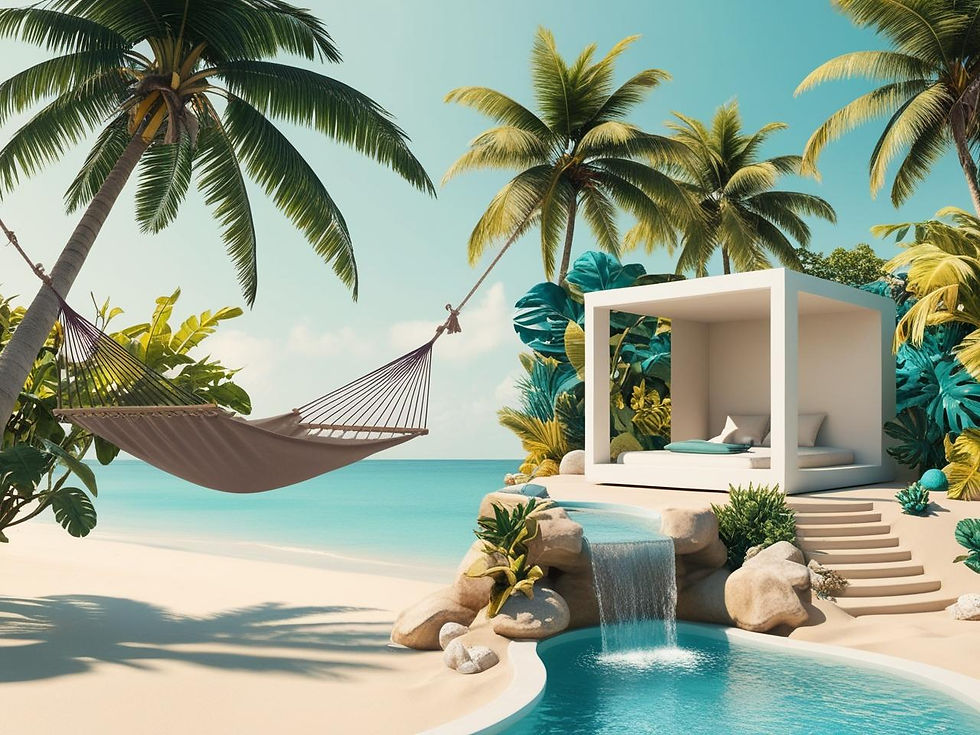
Is sustainable luxury travel more expensive?
Sustainable luxury travel can sometimes cost more upfront, but it often delivers greater value, longevity, and impact.
Yes, booking an eco-resort or flying with carbon offset options might add to your budget. But you're paying for more than just amenities — you’re investing in ethical practices, fair wages, and a healthier planet. Many travelers find that the experience feels more rewarding and personalized, even if it’s not the cheapest.
Plus, with rising demand, more green travel initiatives and eco-luxury travel options are becoming accessible — from mid-range boutique hotels to carbon-neutral tours. As awareness grows, prices are becoming more competitive.
Bottom line? If you plan smart (and pack reusable cutlery), it doesn’t have to break the bank.
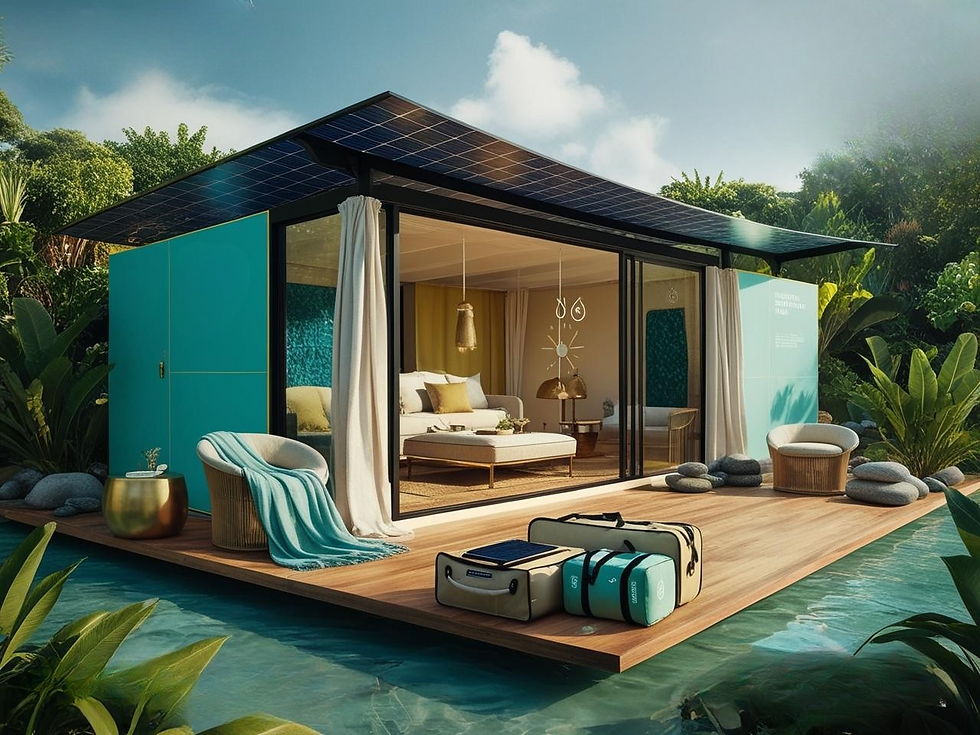
What are examples of sustainable luxury travel destinations?
Sustainable luxury travel destinations combine environmental commitment with high-end experiences.
Some of the top green travel destinations for 2025 include:
Costa Rica – With eco-lodges in the rainforest and wildlife-friendly travel policies, it’s a poster child for sustainable tourism.
Bhutan – Focused on "Gross National Happiness" and visitor limits to protect culture and environment.
New Zealand – From green safari lodges to geothermal spas, it blends adventure and sustainability perfectly.
Sweden and Norway – Scandinavian design meets clean energy and ethical tourism like it’s no big deal.
Japan – Traditional ryokans and modern green hotels coexist in a culture rooted in mindfulness.
The list keeps growing, and so does the potential to plan a trip that’s equal parts eco and epic.

Final thoughts
So... is sustainable luxury travel possible in 2025? Honestly, more than ever. And not only is it possible — it’s actually more interesting, more fulfilling, and dare I say — more stylish — than old-school luxury.
If you’re ready to swap wasteful indulgence for thoughtful travel without giving up your comforts, you’re in the right era. Whether you’re booking a green safari lodge, packing your vegan travel gear, or just switching to reusable travel accessories, you’re part of a growing community of travelers who care — and still like a plush pillow!





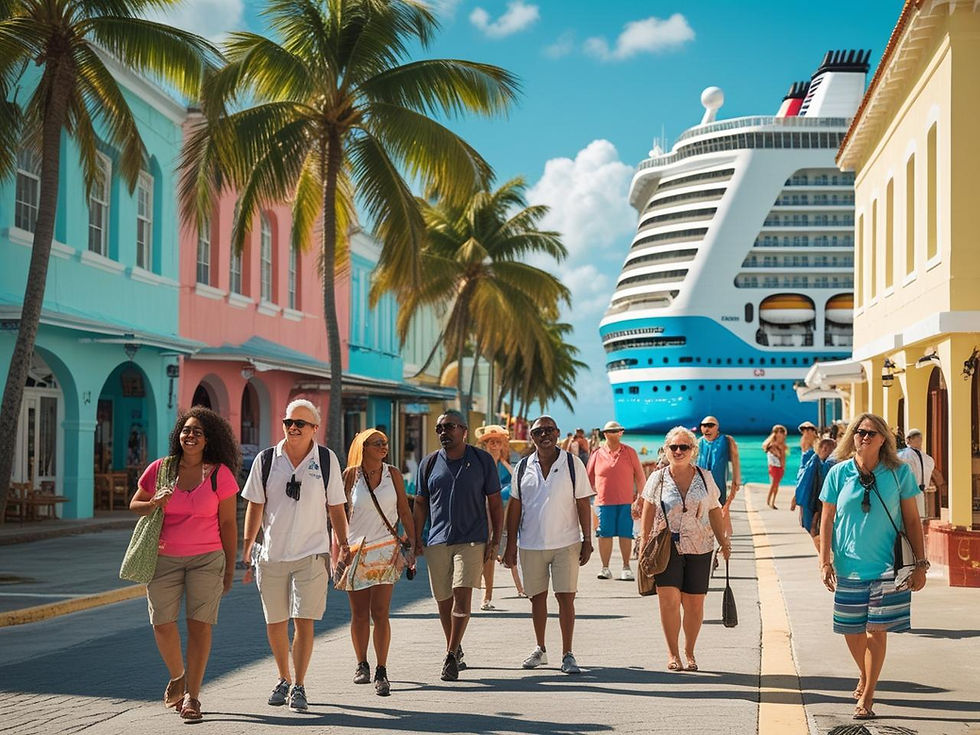


Comments